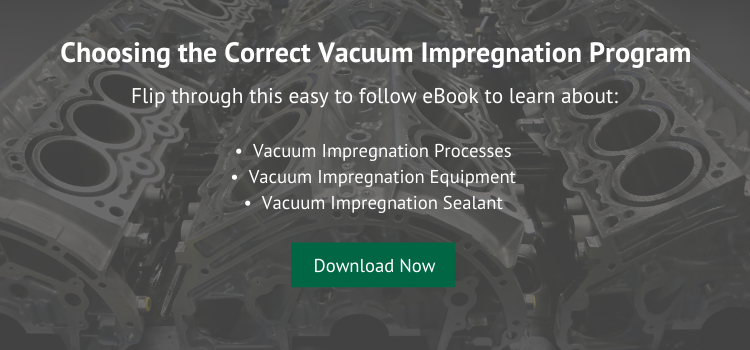In 2008, a North American motorcycle OEM decided to insource their vacuum impregnation requirements to reduce manufacturing costs. The OEM considered multiple sealant and equipment technologies. The company was sold on equipment that claimed to eliminate wastewater discharge, seal castings at a better rate, and would require minimal adjustments, maintenance, and repair. The equipment selected used a recycling sealant.
The Challenge
Over time, the manufacturer discovered what they were sold was different from reality. They found that the recyclable sealant’s chemistry changed over time, and so did the recovery results. The nature of recyclable sealant required it to be mixed with water in the impregnation process. While the sealant was pure at first, it lost its properties once in contact with water, and never returned to its original formulation.
Also, a wash water conditioner was required to maintain the sealant effectiveness. But this additive had to be added daily, and at an exact ratio to be effective. If the ratio was not correct, then the sealant became unstable. The manufacturer found that excess chemicals carried into the wash and cure modules increased part contamination and damaged the system (Image 1).
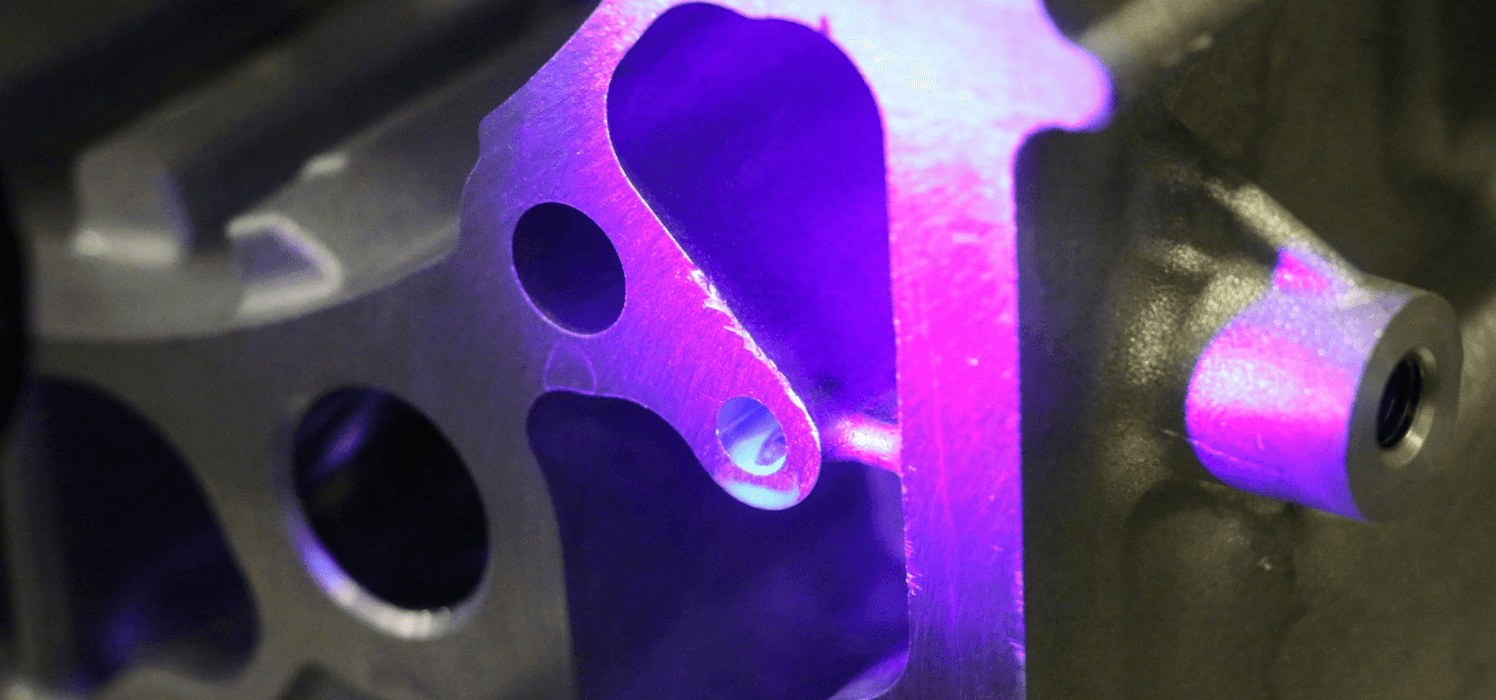
Image 1: Excess sealant chemicals carried into the wash and cure modules increased part contamination
The system proved to be remarkably expensive. The manufacturer booked over a $1,000,000 of expenses due to scrap parts, repairs, maintenance, labor, sealant consumables, and sealant support chemistry. The cost of managing the system exceeded the cost to outsource the impregnation process.
The realization set in that its vacuum impregnation strategy needed to change, and they had an opportunity to do so at the start of a new crankcase program. The company designed a new, lighter crankcase that required 100% of the parts to be sealed. Based on prior experience and data, the company determined that three main challenges needed to be overcome when selecting a new impregnation system.
- Maintenance Cost-The old system consumed components at a remarkable rate. The manufacturer needed an easier system to operate with less maintenance.
- Sealant Management-The recyclable sealant required excessive testing and maintenance. The manufacturer needed a sealant that maintained its original formulation that does not require daily maintenance by multiple departments.
- Poor Recovery-The system had a fall out of approximately 14% of the castings. Any parts that were not recovered were scrapped. The cost of the scrapped castings totaled approximately $967,000. The manufacturer needed to recover more castings.
The Solution
Godfrey & Wing recommended its Continuous Flow Impregnation (CFi) system Dry Vacuum & Pressure (DVP) process and 95-1000AA recoverable sealant.
The CFi uses Godfrey & Wing’s Dry Vacuum and Pressure (DVP) impregnation process, which incorporates a fast, deep vacuum to evacuate the air from the porosity. After moving sealant into the chamber, high pressure forces the sealant deep into the casting (Image 2).
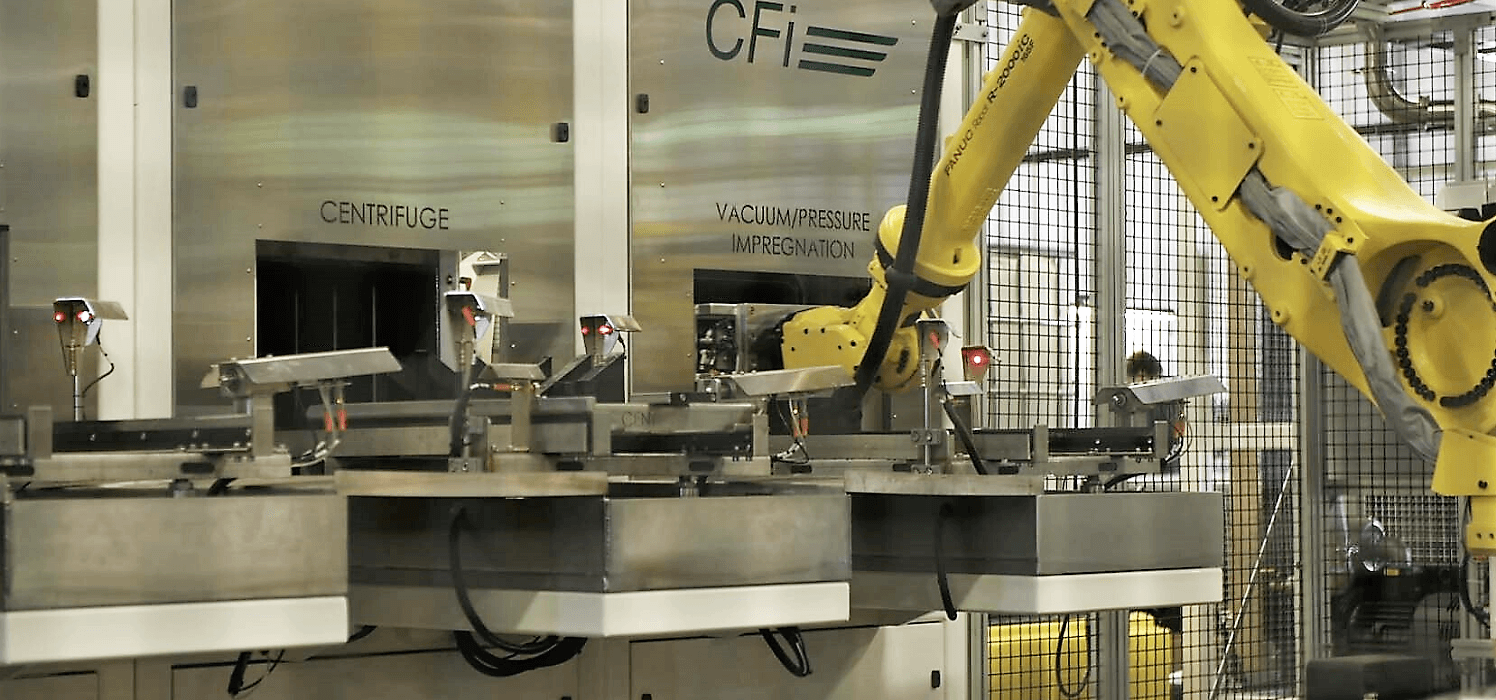
Image 2: Godfrey & Wing recommended its Continuous Flow Impregnation (CFi) system to solves the manufacturer’s challenges.
The 95-1000AA recoverable sealant remains pure throughout the entire process. The CFI’s impregnation module is designed to recover the sealant in its original formulation. Once the part is impregnated, the part moves to a centrifuge to recover any unused sealant. The unused sealant is returned to the sealant reservoir for future cycles. By retaining the pure sealant, the customer can maximize recovery with no additives, or excessive maintenance.
After impregnation, the part moves to the CFi’s wash and cure stations. Since there is no excess sealant, the wash water remains clean. This enables the part to be properly washed and part contamination is eliminated (Image 3).
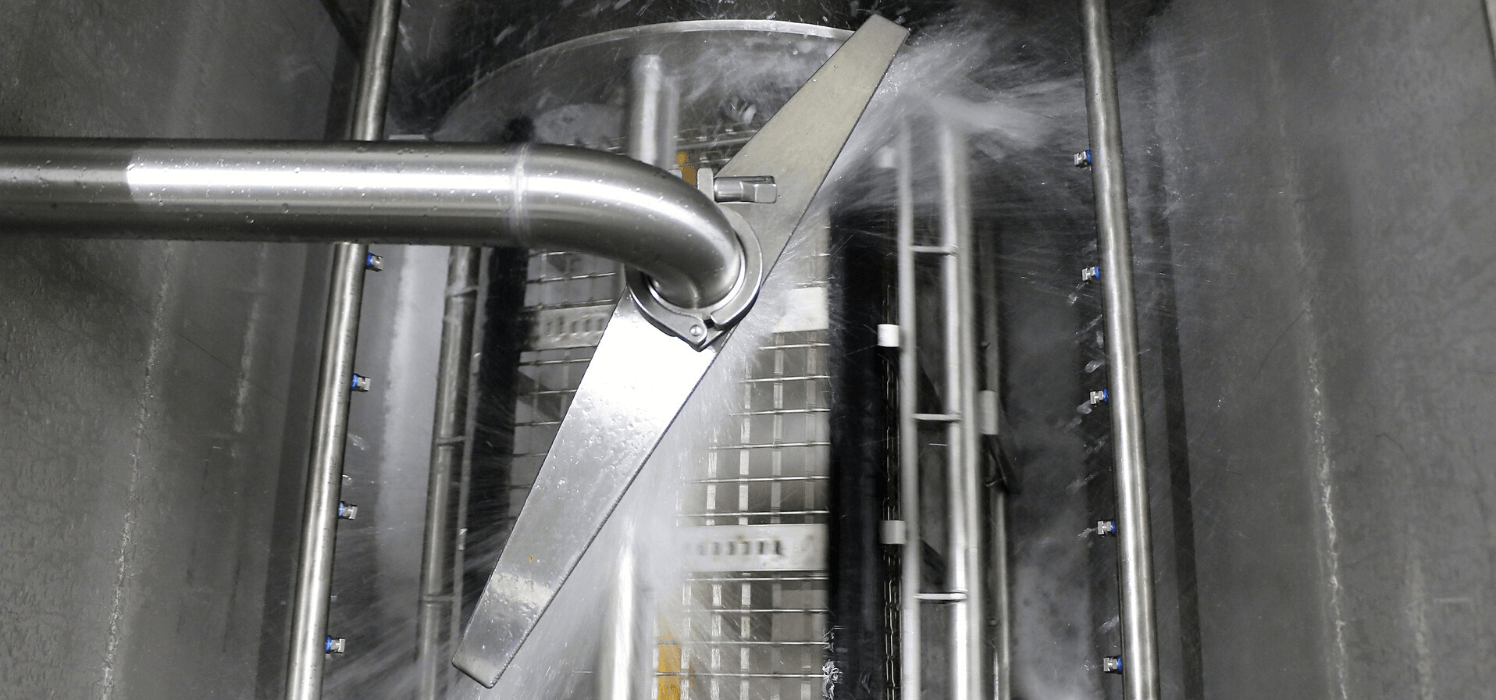
Image 3: The clean wash water allows parts to be properly cleaned with no sealant contamination.
The CFi was designed with maintenance and service at top-of-mind. The internal components are positioned to enable ease of maintenance without interrupting production. The maintenance team can service principal components through the rear access panels. Quick disconnect fittings are used so that they can be maintained by hand without the need for specialty tools (Image 4). Each module has a line-rated disconnect so that maintenance does not need to power down the entire system for service.
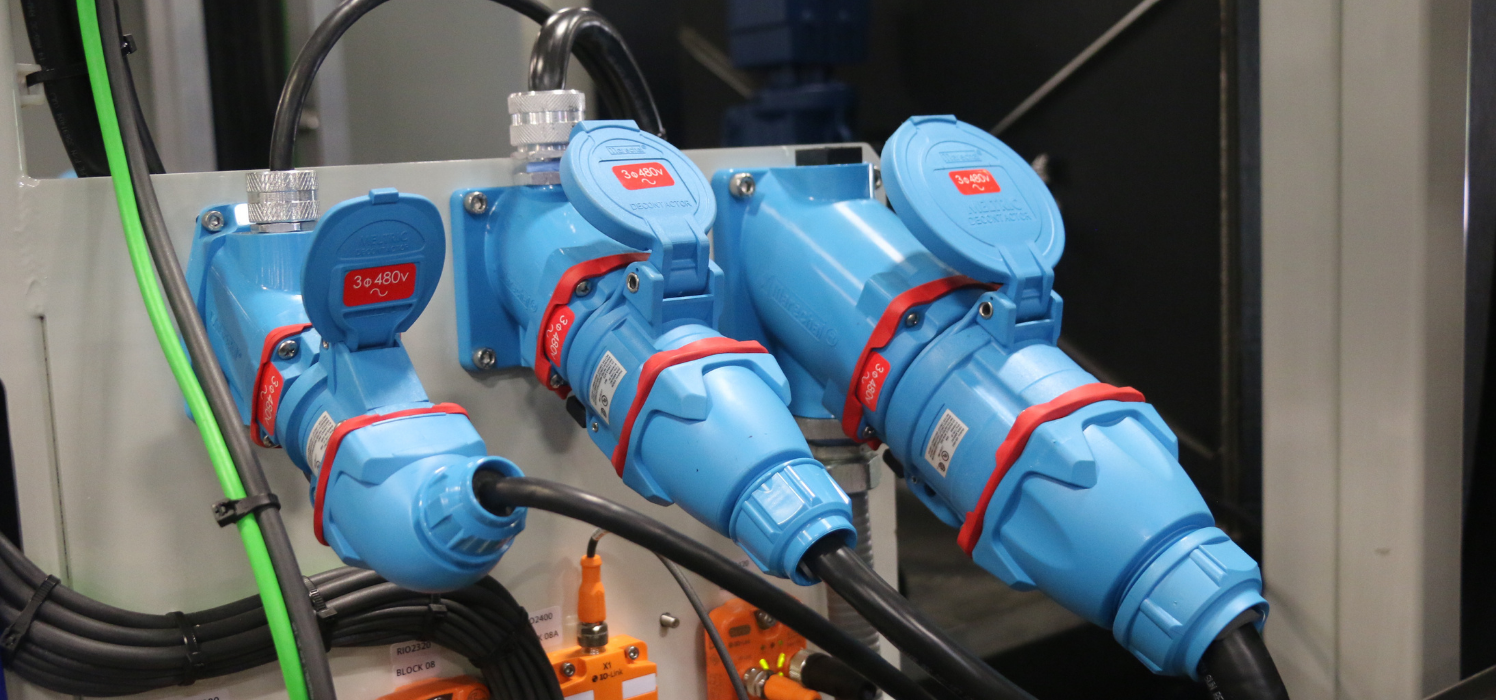
Image 4: The maintenance team can easily service the CFi without the need for specialty tools.
While the system and sealant sounded like the right solution, the customer wanted to learn more about the technology and sealant firsthand. Godfrey & Wing put the manufacturer in contact with a service center that operates a CFi and recoverable sealant.
The manufacturer was able to tour the service center to learn about the technology. The tour proved that the process and recoverable sealant remain pure and do not require constant maintenance or user intervention. The manufacturer was impressed with the CFi’s throughput, efficiency, and simplicity. Based on this experience, and data presented, the manufacturer purchased a CFi.
The Results
The CFi was installed, operators and maintenance were trained, and the system processed parts immediately. Since then, the CFI is addressing the manufacturer’s challenges.
- Reduced Maintenance Cost-The manufacturer is expected to save approximately $35,000 per year in maintenance and spare parts.
- Efficient and Easy Sealant Management-The manufacturer no longer needs to purchase wash water conditioner, and sealant maintenance and oversight is significantly reduced. The manufacturer will save approximately $20,000 per year in sealant costs.
- Improved Casting Recovery-The CFi’s First Time Through (FTT) rate is 99%. This 14-point increase over the previous recovery rate will save approximately $630,000 per year in recovered castings.
In total, the cost savings and improved recovery is expected to save the manufacturer approximately $685,000 per year, enabling the capital expense recovery to be less than 24 months. The CFi’s productivity and ease of maintenance has changed the manufacturer’s impression of vacuum impregnation.
In Summary
Choosing the right impregnation process and sealant is critical in purchasing in-house vacuum impregnation equipment. Once the decision is made, it cannot be reversed. By analyzing its data through due diligence, this manufacturer selected the right equipment and sealant for its needs. The CFi with recoverable sealant transformed the manufacturer’s impregnation process by reducing costs, increasing quality and improving efficiency.
